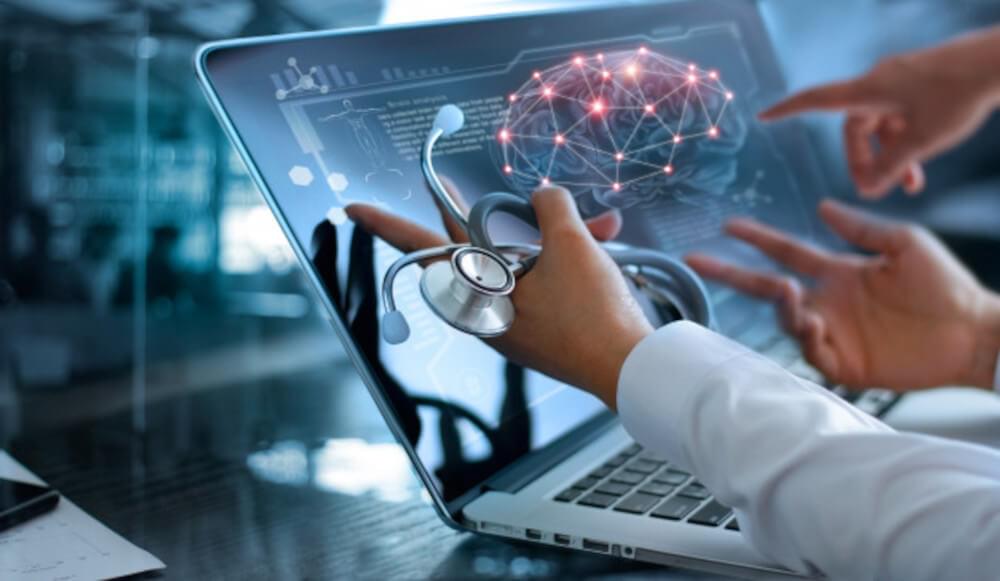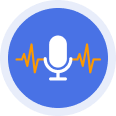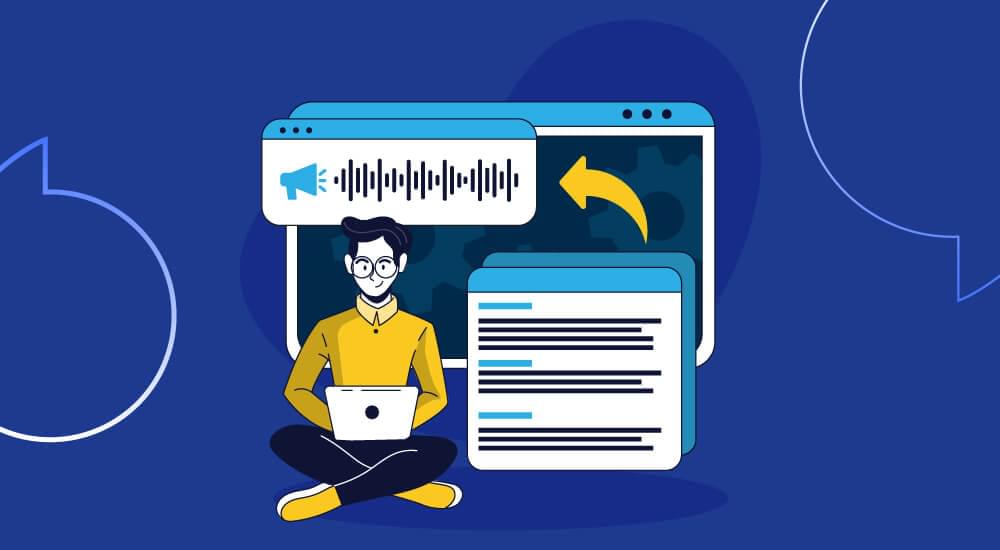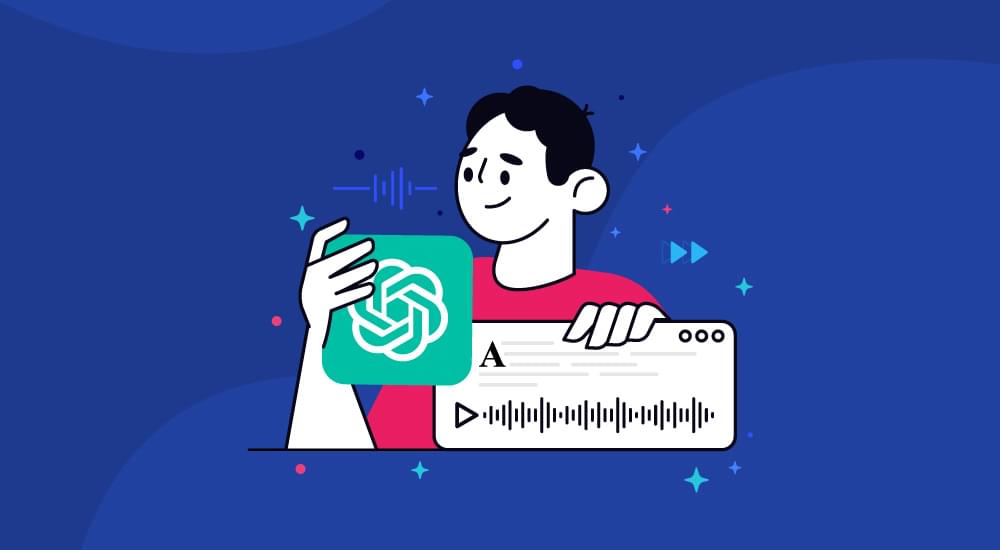text to speech tutorials
The Benefits Of Speech Recognition Tools For The Healthcare Industry
Software-based on language recognition has a large capacity of shooting any spoken phrases to convert them into text. Speech recognition growth integrates voice recognition as an effective tool for identifying someone with their own voice. Automated speech recognition has now been under development for at least half a century. It has crossed the edge of use in one specific area or business exclusively because of a plethora of advantages this technology brings businesses and customers.
In light of this international outbreak, an increasing number of SaaS companies are working to tap into the healthcare industry. In reality, IT and healthcare agencies are among the most profitable businesses, bringing global investors and demonstrating the significant potential for expansion. While based names and solutions that provide speech recognition in healthcare have been reflected, the current marketplace is wide-open to fresh gamers that offer improved prices and customizable options. This article will tackle why voice recognition technologies in health care are promising and how SaaS businesses may gain from embracing them.
The Worldwide Demand For Voice Recognition Healthcare Apps
The international healthcare industry was experiencing a lack of health care workers and caring employees. Suppose a group must select a compulsory quarantine because of vulnerability to COVID or other ailments. In that case, a hospital might experience a scarcity of tools to accommodate the requirements of its sufferers. Additionally, how much time it takes to make the appropriate credentials together with the exceptionally high worldwide competition prices, recruiting new health care professionals isn’t a little endeavor.
Because of this, physicians and hospitals have been required to discover strategies to maximize their procedures, for instance, by embracing voice recognition technologies in health care. The numbers are gloomy: Generally, it’s not unusual for a medical employee to invest around 6 hours every day only filling in medical documents. Be it because of sleep deprivation, regardless of the reason. Patients aren’t receiving the dedicated service they deserve. Moreover, present medical speech-to-text options tend to be awkward, relying upon the user to order most of the punctuation in the slow movement and frequently need subsequent guide transcription.
Given the seriousness of this circumstance, there’s an increasing need for a highly effective, time-tested alternative that makes it possible for doctors to concentrate on saving lives instead of arguing over punctuation and grammar with medical dictation to get Mac applications.
The Use Of Speech Recognition At Home And Workplace
Indeed, the implementation of speech recognition broadly spread thickly with Alexa and Siri, currently universally known as multifunctional online assistants that users can’t imagine their everyday existence without.
All in all, the marketplace of speech recognition applications in North America is anticipated to be worth $177 million in 2015 and expects to make it to the revenue of $1.5 billion by 2024.
Speech recognition tech has the fantastic potential in shaping new mechanics of direction. It is also found its use across several industries ranging from automotive production to get free-hand control of the working process on multiple production levels to the medical industry to increase physicians’ time with their patients by implementing clinical transcription recognition tools.
Top industries that significantly benefit from utilizing speech recognition technology are:
- Finance industry where chatbots are widely used in a user interface.
- E-commerce for improving customer support direction by prompting the greater speed of feedback. Based on Gartner’s forecast, allowing voice search can increase digital commerce revenue by 30 percent.
- Transportation companies that use voice-activated solutions for improving productivity in terms of timing/route/booking progress. For instance, saving users’ voice hunts on transport schedules might translate into a more optimized method of using transport networks in general, which functions as a viable remedy to large cities’ traffic issues.
- Instruction support enables both teachers and learners to utilize voice for more successful communication.
- Legal practices for increasing customer intake, easing case management together with voice-assisted systems.
- Marketing firms and bureaus whose business vertical profoundly depends upon database growth as the material of investigation and the instrument for identifying optimum advertising and marketing and advertising solutions.
- Healthcare to enhance e-records security and increase patient engagement.
The industry expansion can be attributed to attractive opportunities that address recognition technology opens for internet banking and healthcare, ranging from embedding voice authentication to fostering business productivity with reducing time on admin tasks.
Impressions and Advantages of Speech Recognition in Healthcare
Speech recognition technology has stimulating effects on the healthcare profession. The most significant impacts and benefits are:
1. Better Productivity
That is where speech recognition technology may have an impact. It requires a while to write or type out notes, but it’s quicker to speak them aloud. They need to talk to some recording apparatus, and the language recognition technology will translate the spoken word to the written word.
Since many clinicians struggle to find enough time to complete their instruction, this is sometimes very helpful. Instead of taking time after-hours or reducing facial time with individuals, clinicians can easily record their voice and instantly have evaluations, treatment records, and additional critical notes documented thanks to its speech recognition option.
2. Top Quality of Care
Saving time on paperwork allows medical professionals to invest more time treating their own patients, enhancing overall health attention. Instead of allocating time assorting through a medical chart or reviewing data on the computer, voice technology can enable clinicians to really be present together with their patients.
If a clinician is able to listen closely and connect one-on-one using their patient, they then could give a higher, more personal quality of care. Because of this, patients have improved health, healthcare providers have greater satisfaction with their occupation, and hospitals and clinics can experience greater levels of success.
Detriments of Medical Speech Recognition
Dictating in high-traffic areas can be problematic for various reasons. HIPAA requirements make it essential to make sure that other people do not overhear personal medical information. Furthermore, while many speech recognition solutions can filter out sound, the chance of background conversation or the noises of medical equipment impeding recognition nonetheless exists.
Implementing a brand new speech recognition solution comes at a cost, and that price isn’t entirely financial. Time is needed to set up the new technologies and clinicians to understand how to utilize the product to its full potential. But, startup expenses and initial challenges are not long-lasting. A fantastic speech recognition application will probably pay for itself within a short amount of time via time savings, increased efficiency, decreased health care queries, enhanced patient care, and increased job satisfaction.
While speech recognition technologies are significantly better than they used to be, not all speech recognition solutions are created equal. Solutions that don’t utilize advanced technologies like machine learning and artificial intelligence produce lesser quality recognition results requiring clinicians to spend more time editing and reviewing the recognized text. Choosing lower quality equipment (microphones/foot pedals/headsets) can also negatively affect the standard of recognition.
When exploring speech recognition solutions, make sure that the information is sent and stored in a secure, HIPAA-compliant way.
- 62 percent of healthcare companies surveyed stated they’re currently utilizing speech recognition technology for their records
- 4% of healthcare providers said that They’re now implementing medical speech recognition in EHRs
- 11 percent of clinicians in the poll say they plan to embrace speech recognition in the next two decades
- 23%, almost a quarter, of the clinicians in the poll, said they don’t have any plans to embrace language recognition

Although most clinicians are now using or intending to utilize speech recognition, many healthcare providers aren’t taking advantage of their technology. Among the suppliers who do not plan to implement speech recognition, the most Frequent reasons were:
- Budgetary concerns
- Personal preference for typing
- Concerns about accuracy
- Difficulty incorporating the system
When these concerns are legitimate, the results demonstrate that those who never plan to employ speech recognition will be a minority. Software suppliers are working to create improved technologies and better methods to alleviate these issues.
Kinds of SR Technologies
Speech processing and changing it into readable information develops in two major directions:
1. Front-end speech recognition
It is also recognized as speech recognition (SR) in a real-time manner: it embraces software that works live. It empowers users to speak into the screen to capture and convert the language into readable format.
2. Back-end recognition
It involves consumers’ talking into a handheld gadget, which plays the recording. It transcribes up the verbal words, and then both audio files and transcriptions are delivered to human assistants for editing.
The Extended Technology
Speech recognition has been classified as an essential tool in almost all industries today, but there is also one significant innovation that can as well benefit the healthcare industry that is called the text-to-speech feature. It has the opposite function of speech recognition. Text-to-speech (TTS) is a form of assistive technology which reads electronic text. It is sometimes known as”read “ tech.
With a click on a button and a finger, TTS may take words onto a computer or other electronic device and convert them to sound. TTS is extremely valuable for children and adults who struggle with reading. However, it may also assist with editing and writing and even using focusing. Its functions with just about any private digital device, such as computers, tablets, and tablet computers. All types of text documents may be read, such as Word and Word Pages files. It can even read online web pages.
If you are a health practitioner who happens to have a blog site and want to expand your readers’ coverage, you can use TTS plugins that can read your articles to your users, such as the WebsiteVoice. It is a powerful text-to-speech WordPress plugin that can be easily installed and work on your blog sites.









